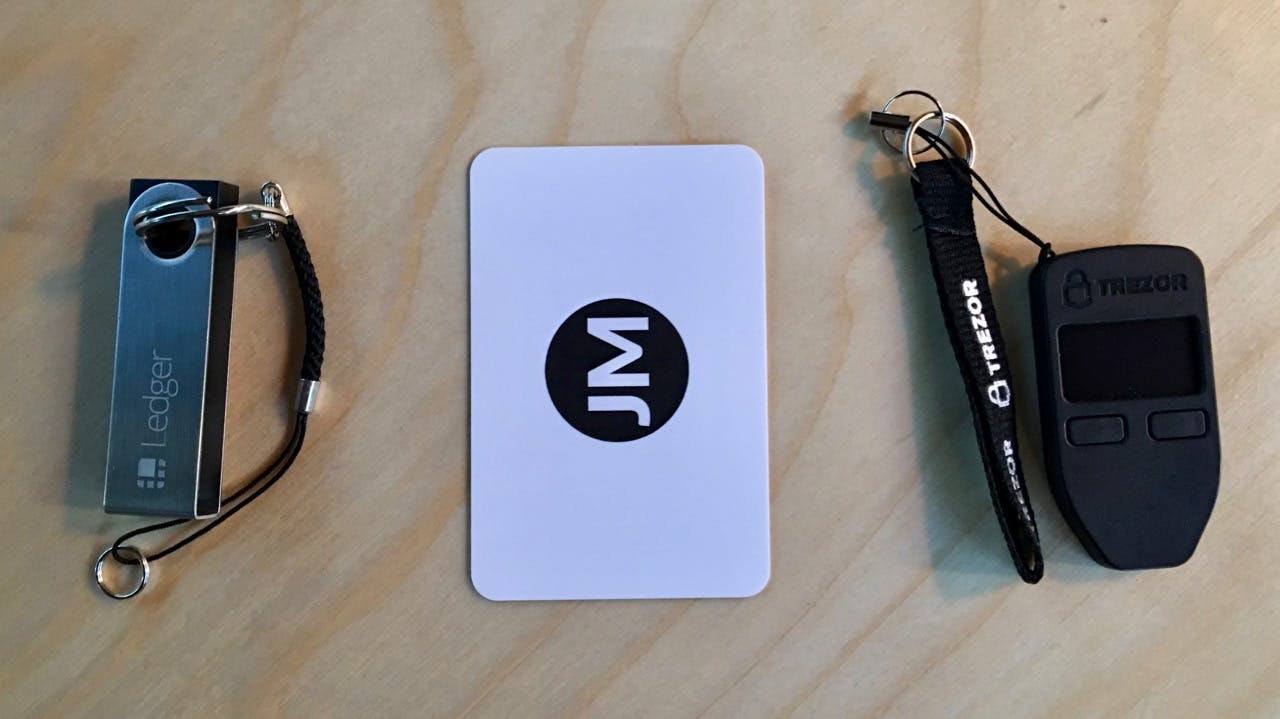
What is a hardware wallet
A hardware wallet (HW wallet) is a physical device that stores the information required to access digital currency or assets. It is plugged into a computer via USB in order to initiate or confirm transactions on the Bitcoin, Ethereum or other digital asset blockchain networks.
They are a secure method of storing cryptographic data. They are so secure that they can be used on a compromised computer. All that is needed to access funds using a HW wallet (in addition to the device itself) is a PIN code which the user chooses. A single HW wallet can store multiple currencies in multiple accounts.
HW wallets are an easier solution than remembering a good password, and safer than storing the data in a file on my computer or online.
The best known hardware wallet brands are Ledger and Trezor.
The problem
HW wallets are technically great, but their size and shape creates a bad user experience. A good hardware wallet should be convenient to use multiple times each day, like a credit card is.
Current hardware wallets don't fit into a (money) wallet and people don't want to carry more any objects in their pockets. They are too big and are a bad shape.
HW wallets look like they might belong on a keyring, but it's inconvenient and insecure to attach a credit card to a keyring and the same is true for an HW wallet. I might store my keys on a hook by my door, but I would never leave my wallet there overnight. I often want to keep my keys and money separate because I need my keys when I’m near my house, where I don’t need to buy stuff, and I need my money when I’m away from my house where I don’t need to unlock anything.
I want to keep my bank cards and cash together in one safe place, and I don’t want to carry around a dongle as well. It's inconvenient.
It’s easier to have a separate dongle lost or stolen than something that would fit next to my credit card in my wallet. The inconvenience is a barrier to enjoying the advantages of digital currencies.
The goal
Create a HW wallet that is the size and shape of a credit card, it could be 3 times thicker than a credit card and still fit in a normal wallet. It needs
- A display - it could be a low resolution b&w display
- Two or more buttons
- To plug into a USB port
- Securely sign transactions and create addresses